Carbon Monoxide Facts
Carbon monoxide gas is a silent killer; who won’t think twice before taking the lives of those you love. Every year in the UK, over 200 people are hospitalised with suspected carbon monoxide poisoning, which leads to around 40 deaths. It is a highly poisonous gas that has no colour, taste or smell. It is invisible to the human senses.
Carbon monoxide is produced when a fuel is not burnt properly. The most common sources are faulty boilers, gas fires and cookers.
Common Carbon Monoxide Sources
Carbon monoxide is produced when a fuel is not burnt properly. The most common carbon monoxide sources are faulty boilers, gas fires and cookers.
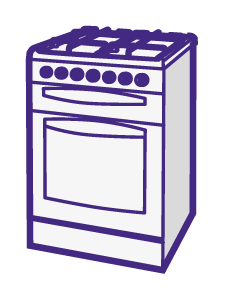
Cookers
Watch out for sooty stains on or above appliances which burn fuel.

Fires
Fires becoming difficult to light could be an indication that fuel is not burning correctly.
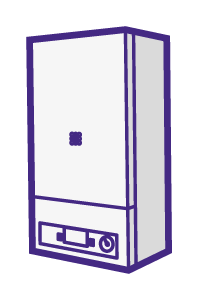
Boilers
Look out for gas flames burning orange or yellow instead of blue.
Additional Sources Of Carbon Monoxide
Variables relating to your fuel-burning appliances can change at any point, for example the flue or chimney could suddenly become blocked or damaged, appliances may stop running correctly or circumstances in neighbouring properties may change creating a source of carbon monoxide. Keep an eye on the following sources of CO:

Oil and gas boilers
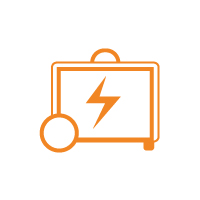
Portable generators

Oil or solid fuel cookers

Gas or paraffin heaters
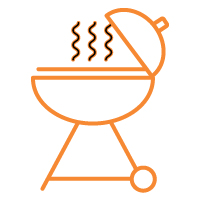
Barbecues
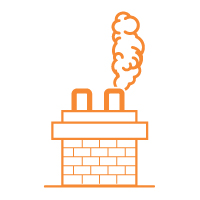
Clogged chimneys

Wood or gas fireplaces

Cigarette smoke

Any fossil fuel-burning appliance
Carbon Monoxide Safety Tips
Carbon monoxide gas is a silent killer; who won’t think twice before taking the lives of those you love. Every year in the UK, over 4000 people go to A&E with suspected carbon monoxide poisoning, which leads to around 50 deaths. It is a highly poisonous gas that has no colour, taste or smell. It is invisible to the human senses.
The Following Carbon Monoxide Safety Tips will Ensure You are Safe at Home and Away

Carbon Monoxide Safety in the Home:
Fuel-burning appliances are the most common carbon monoxide sources and should regularly be checked by registered engineers and faulty appliances should be replaced. Ideally, Carbon Monoxide alarms should be installed in every room containing a fuel-burning appliance and in each bedroom. CO alarms should also be installed in any room through which a flue passes, even if the flue is fully enclosed or concealed.
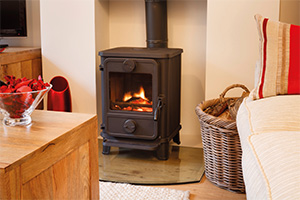
Carbon Monoxide Safety in Caravans, Tents and Boats:
Caravans and boats may have additional risks of carbon monoxide admission through air vents, due to the nearby presence of other vehicles, engines, generators or barbecues. Because of this, caravans and boats should be fitted with an alarm in the same room as any combustion appliance. Camping is also a potential risk due to camp fires and barbecues.
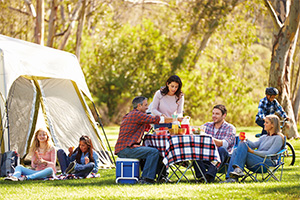
Carbon Monoxide Safety While on Holiday:
Most battery powered CO alarms are portable which makes them ideal for taking on holiday. In hotels, guests are often unaware that they are sleeping next to boiler rooms or above a room with a fireplace; if you’re camping, CO can enter your tent from a smouldering BBQ outside; plan to take a CO alarm to any future holiday destinations to ensure you are safe.

Carbon Monoxide Facts – Who is Most At Risk?
Carbon monoxide is a danger to everyone, but certain groups are more vulnerable than others.
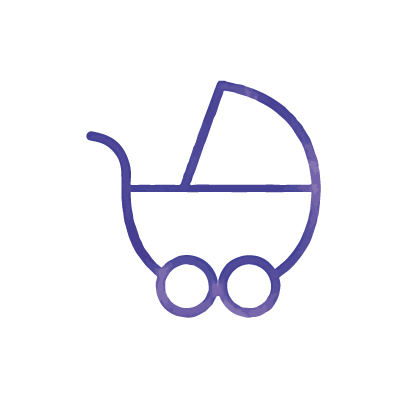
Young children take breaths more frequently than adults do, so could be more at risk than other groups.

Those suffering from heart or respiratory problems, are more vulnerable to this poisonous gas than healthy adults.
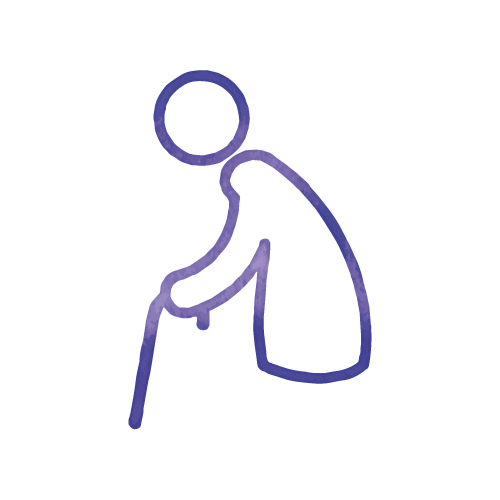
Older people who experience carbon monoxide poisoning may be more likely to develop brain damage.
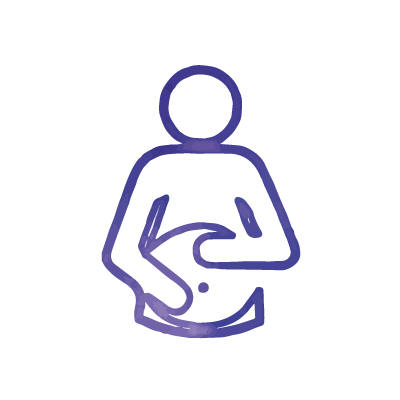
Pregnant women should also be aware that foetal blood cells take up carbon monoxide more readily than adult blood cells do, making unborn babies more susceptible to harm from CO poisoning.
What to do in the Event of a CO Alarm Sounding
A loud alarm is a warning that unusually high and potentially lethal levels of carbon monoxide are present. Never ignore this alarm, further exposure can be fatal.

Open doors and windows.

Stop using all fuel-burning appliances and, if possible, turn them off.

Evacuate the property leaving the doors and windows open

In an emergency call National Gas Service on: 0800 111 999 Alternatively contact your gas or other fuel supplier on their emergency number.

Don’t re-enter the property until the alarm has stopped.

Get medical help immediately for anyone suffering the effects of carbon monoxide poisoning.
